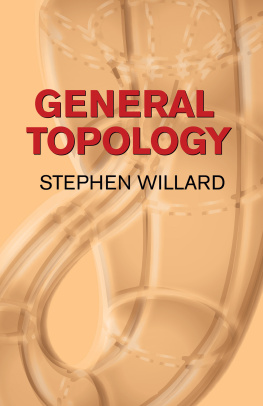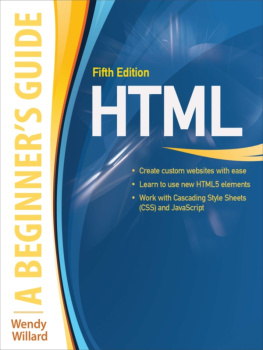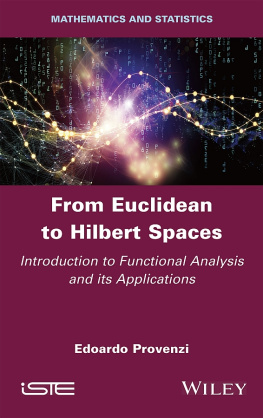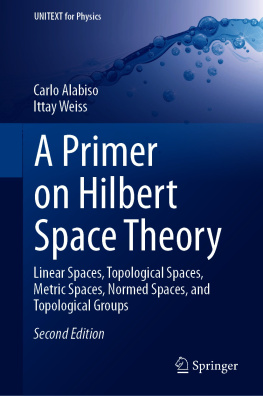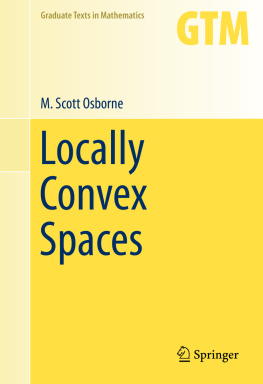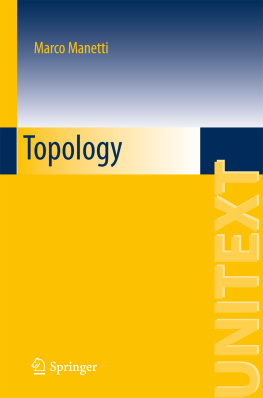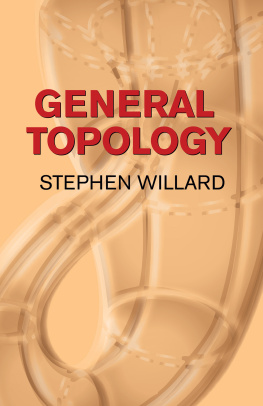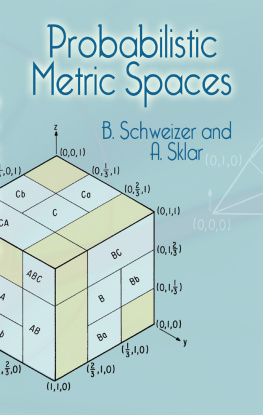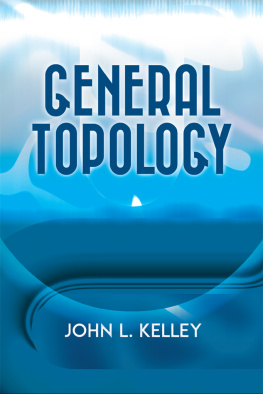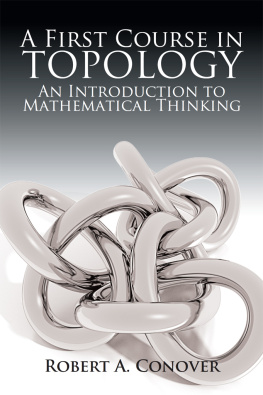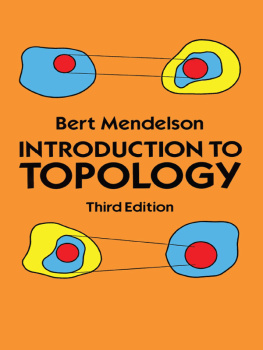Willard - General Topology
Here you can read online Willard - General Topology full text of the book (entire story) in english for free. Download pdf and epub, get meaning, cover and reviews about this ebook. City: Mineola, year: 2016;2012, publisher: Dover publications, N.Y, genre: Home and family. Description of the work, (preface) as well as reviews are available. Best literature library LitArk.com created for fans of good reading and offers a wide selection of genres:
Romance novel
Science fiction
Adventure
Detective
Science
History
Home and family
Prose
Art
Politics
Computer
Non-fiction
Religion
Business
Children
Humor
Choose a favorite category and find really read worthwhile books. Enjoy immersion in the world of imagination, feel the emotions of the characters or learn something new for yourself, make an fascinating discovery.
- Book:General Topology
- Author:
- Publisher:Dover publications, N.Y
- Genre:
- Year:2016;2012
- City:Mineola
- Rating:5 / 5
- Favourites:Add to favourites
- Your mark:
- 100
- 1
- 2
- 3
- 4
- 5
General Topology: summary, description and annotation
We offer to read an annotation, description, summary or preface (depends on what the author of the book "General Topology" wrote himself). If you haven't found the necessary information about the book — write in the comments, we will try to find it.
General Topology — read online for free the complete book (whole text) full work
Below is the text of the book, divided by pages. System saving the place of the last page read, allows you to conveniently read the book "General Topology" online for free, without having to search again every time where you left off. Put a bookmark, and you can go to the page where you finished reading at any time.
Font size:
Interval:
Bookmark:
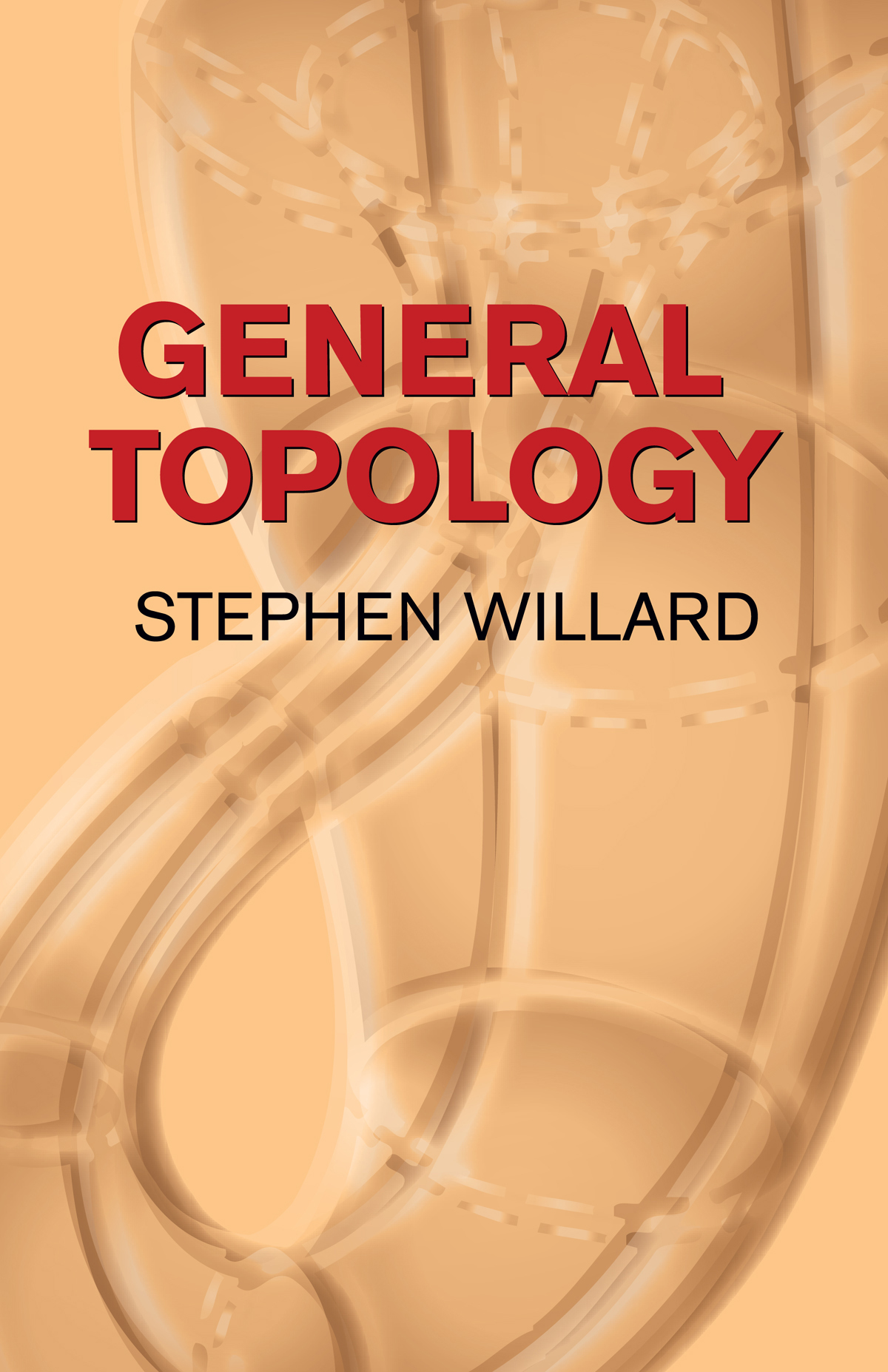
Table of Contents
Historical Notes
Section 1
The basis for our intuitive set theory is the ZermeloFraenkel set theory developed by Zermelo ( Untersuchungen ber die Grundlagen der Mengenlehre I) and strengthened by Fraenkel ( Zu den Grundlagen der CantorZermel oschen Mengenlehre ). Their work rests on the researches of Cantor in the 1870s which first put mathematics firmly on a set-theoretic base. Zermelos work, in particular, was a direct response to the Russell paradox. For an historical account of the ZermeloFraenkel and other axiom schemes for set theory, see Suppes ( Axiomatic Set Theory ). A list of other standard references on set theory would include Fraenkel ( Abstract Set Theory ), Hausdorff ( Set Theory ), Halmos ( Nave Set Theory ) and Sierpinski ( Cardinal and Ordinal Numbers ). Our (postulational) approach to the ordinals in 1.19 follows that of Kelley ( General Topology , p. 29).
Gdel ( The Consistency of the Axiom of Choice and of the Generalized Continuum Hypothesis with the Axioms of Set Theory ) proved in 1940 that addition of either the axiom of choice or the continuum hypothesis to existing set theoretic axioms would not produce a contradiction. Cohen ( Independence of the Axiom of Choice; The Independence of the Continuum Hypothesis I, II) completed the proof of independence for each by showing neither could be deduced from the existing axioms (by showing the negation of each could consistently be added to the ZermeloFraenkel axiom scheme). See P. J. Cohen ( Set Theory and the Continuum Hypothesis ) for a discussion of these results and his intuition about the continuum hypothesis. Another expository reference is Cohen ( Independence Results in Set Theory ).
For additional material on lattice theory, see Birkhoff ( Lattice Theory ).
Section 2
The study of metric spaces was initiated by Frechet in his doctoral thesis ( Sur Quelques Points du Calcul Fonctionnel ) and vigorously pursued by a host of Polish mathematicians in the 1920s. A general survey of the results obtained is contained in Sierpinski ( General Topology ) or Kuratowski ( Topology ). For placement of Frechets work in the development of topology, see the notes to Section 3. For other comments on metric spaces, see the notes to Sections 22, 23 and 24.
The theory of metric spaces (and their topologies) is treated in Copson ( Metric Spaces ).
Section 3
Topology owes its beginnings to a line of development which began with the first attempt to classify spaces by Riemann ( ber die Hypothesen welche der Geometrie Grunde liegen ), continued through the already mentioned work of Frechet on metric spaces in 1906, the work of Riesz ( Stetigkeit und Abstrakte Mengenlehre) in 1909 which used a primitive version of the notion of condensation point to describe abstract spaces, the work of Weyl ( Die Idee der Riemannschen Flche ) in 1913 who proposed studying abstract spaces in terms of neighborhood systems, and culminated in 1914 with the epic paper of Hausdorff ( Grundzge der Mengenlehre ) who found the right axiom system for Weyls neighborhoods, made them a suitable abstraction and thus founded modern topology. An excellent detailed account of the forces prevalent in mathematics in the 1800s which gave rise to set theory and point set topology can be found in Manheim ( The Genesis of Point Set Topology ). See also the notes to Section 42.
Weyls paper mentioned above occupies a place in the development of the structure theory for Riemann surfaces. For modern accounts, see Springer ( Introduction to Riemann Surfaces ) or Ahlfors and Sario ( Riemann Surfaces ).
Hausdorffs axiom scheme included the T 2 separation axiom, which we treat in Section 13. The axiom scheme given here is due essentially to Alexandroff ( Zur Begrndung der n-dimensionalen mengentheoretischen Topologie ) . See also Alexandroff and Hopf ( Topologie I). The closure operation was axiomatized by Kuratowski ( Sur lOpration de lAnalysis Situs ). The frontier operator also characterizes the topology. See Albuquerque ( La Notion de Frontire en Topologie ).
Properties of the simple extension (3A.5) of a topology are treated in Levine ( Simple Extensions of Topologies ) and Borges ( On Extensions of Topologies ). Exercise 3C is taken from Kelley ( General Topology , p. 57). The lattice of topologies (3G) was first systematically studied by Birkhoff ( On the Combination of Topologies ). For recent developments, see Steiner ( The Lattice of Topologies ; Structure and Complementation ) and van Rooij ( The Lattice of Topologies is Complemented ). The theory of Borel sets (31) and their derivatives, the analytic sets, is developed extensively in Sierpinski ( General Topology ) and Kuratowski ( Topology ) for separable metric spaces. The extension to general metric spaces is begun in Montgomery ( Non-separable Metric Spaces ) and continued in Stone ( Non-separable Borel Sets ). For descriptions of the theory in general topological spaces, see Frolik ( On the Descriptive Theory of Sets; Baire Sets Which are Borelean Subspaces ). Their name derives from their consideration in Borel ( Leons sur la Thorie des Fonctions ) .
Section 4
The original description of a topological space by Hausdorff ( Grundzge der Mengenlehre ) was in terms of nhoods (paralleling our 4.2).
The Sorgenfrey line (4A) was first introduced by Sorgenfrey ( On the Topological Product of Paracompact Spaces ). The Moore plane (4B) is a classical example (see, for example, Alexandroff and Hopf ( Topologie I, p. 31) sometimes called the Nemitskii plane . Exercise 4G is taken from Alexandroff and Hopf ( Topologie I).
Section 5
The concept of a subbase for a topology appears in Bourbaki ( General Topology, part 1 ) which is translated from Topologie Gnrale, Chapters I and II, Actualits Sci. Ind. 858 (1940).
The scattered line (5C) is used in the form given by Michael ( The Product of a Normal Space and a Metric Space need not be Normal ). The process may be applied to scatter any subset of any topological space.
Section 6
Ordered spaces (6D) were first studied systematically in Eilenberg ( Ordered Topological Spaces ), along lines of the questions posed in Birkhoff ( Lattice Theory ). Nachbin ( Sur les Espaces Topologiques Ordonns; Topology and Order ) has studied ordered spaces and recent startling developments are contained in Solovay and Tennenbaum ( Iterated Cohen Extensions and Souslins Problem ).
Subsets of ordered spaces which are ordered (6D.4) have been characterized by M. E. Rudin ( Interval Topology in Subsets of Totally Orderable Spaces ). See also Lynn ( Linearly Orderable Spaces ).
Section 7
Many of the ideas in this section existed long before the study of topology and topological spaces became an independent discipline.
The question treated in 7B was considered by Kuratowski ( On a Topological Problem Connected with the CantorBernstein Theorem ). The theory of retracts and their use in algebraic topology is covered in Spanier ( Algebraic Topology ). The material of 7L can be found in any real analysis book, for example, Royden ( Real Analysis ). The standard reference on C ( X ) and C *( X ) is Gillman and Jerison ( Rings of Continuous Functions ); the germinal reference is Hewitt ( Rings of Real-valued Continuous Functions I). The group of homeomorphisms (7N) is considered in a fundamental paper by Whittaker ( On Isomorphic Groups and Homeomorphic Spaces ).
Section 8
The Tychonoff topology was introduced by Tychonoff ( ber die Topologische Erweiterung von Rumen ) . The box topology was considered by Tietze ( ber Analysis Situs ) and has been studied recently by Knight ( Box Topologies ). An equivalent definition of the product topology is given by Efremovic ( Invariant Definition of Topological Product ).
Next pageFont size:
Interval:
Bookmark:
Similar books «General Topology»
Look at similar books to General Topology. We have selected literature similar in name and meaning in the hope of providing readers with more options to find new, interesting, not yet read works.
Discussion, reviews of the book General Topology and just readers' own opinions. Leave your comments, write what you think about the work, its meaning or the main characters. Specify what exactly you liked and what you didn't like, and why you think so.

